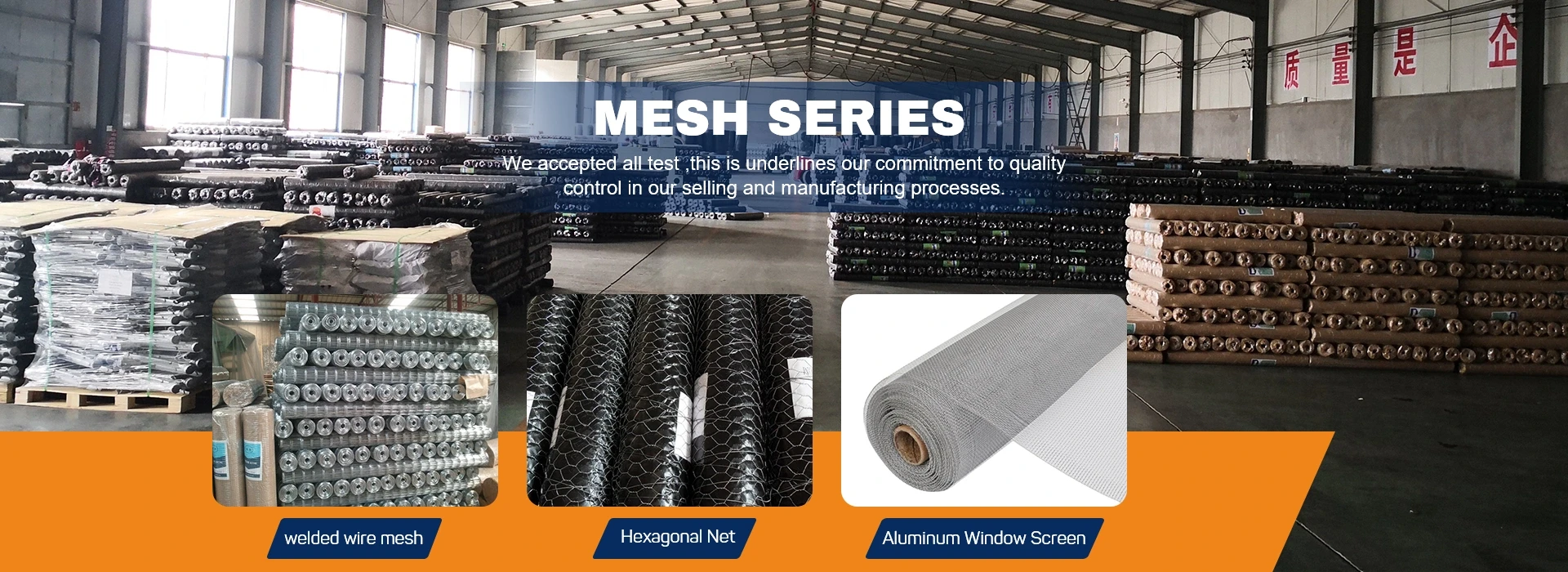The Importance of Plant Protection Cages in Modern Agriculture
In the realm of modern agriculture, ensuring the health and vitality of crops is paramount. With the increasing challenges posed by pests, diseases, and environmental factors, innovative solutions are necessary to safeguard our food sources. One such effective method comes in the form of plant protection cages. These structures serve as both a shield against harmful elements and a promoter of sustainable farming practices. This article delves into the significance of plant protection cages, their benefits, and how they contribute to the future of agriculture.
What are Plant Protection Cages?
Plant protection cages are enclosures designed to provide a controlled environment for plants. Typically made from lightweight and durable materials such as mesh or nylon, these cages are capable of protecting crops from a variety of threats, including insects, birds, harsh weather conditions, and even some herbivorous animals. The design of these cages allows for adequate sunlight, air circulation, and moisture retention, which are essential for plant growth, while simultaneously acting as a barrier to potential threats.
Benefits of Plant Protection Cages
1. Pest Control One of the most significant advantages of using plant protection cages is their effectiveness in controlling pest populations. By physically preventing insects and other pests from accessing plants, these cages reduce the need for chemical pesticides. This not only minimizes chemical runoff into the environment but also promotes healthier produce for consumers.
2. Disease Prevention Diseases in plants are often transmitted by insects or through contact with infected soil. Plant protection cages can effectively reduce the incidence of these diseases by creating a physical barrier that limits exposure to disease vectors. Furthermore, by keeping plants isolated, any disease that does occur can be contained more easily, preventing widespread damage to crops.
plant protection cages

3. Environmental Protection The use of plant protection cages helps shield plants from adverse weather conditions such as heavy rain, hail, and extreme sunlight. These environmental factors can cause physical damage and stress to plants, leading to lower yields. Cages provide a protective buffer, allowing plants to thrive even in less than ideal weather conditions.
4. Wildlife Management In many agricultural settings, wildlife can pose a significant threat to crops. Animals such as rabbits, deer, and birds are known to forage on young plants and can quickly devastate a garden or field. Plant protection cages act as a deterrent, keeping these animals at bay and allowing farmers to protect their investments.
5. Enhanced Pollination Interestingly, plant protection cages can also facilitate better pollination. By using controlled environments where beneficial insects, such as bees and butterflies, are encouraged to enter while pests are kept out, farmers can improve the pollination rates of their crops, leading to better fruit and seed production.
Sustainable Agriculture
The increasing focus on sustainable farming practices highlights the importance of solutions like plant protection cages. By minimizing reliance on chemical treatments and promoting organic growing methods, these cages contribute to a more sustainable agricultural ecosystem. They offer a way to grow healthy crops while preserving the integrity of the environment, ensuring that farming practices can be maintained for future generations.
Conclusion
In conclusion, plant protection cages play a critical role in modern agriculture by providing a multi-faceted approach to crop protection. By offering benefits that range from pest and disease control to environmental protection and wildlife management, these structures are invaluable for farmers seeking to enhance their yields and sustainability practices. As the agricultural industry continues to evolve in response to global challenges, the incorporation of innovative methods such as plant protection cages will be essential for ensuring food security and promoting eco-friendly farming. Embracing such techniques not only benefits the agricultural community but also contributes to a healthier planet.

















